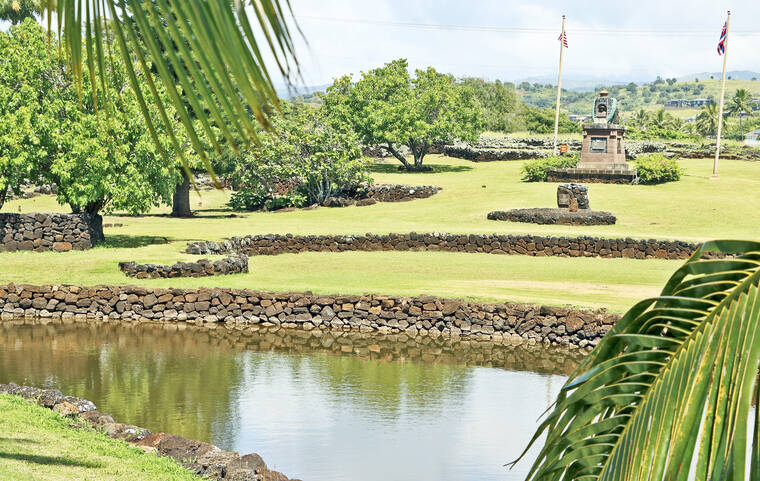LIHU‘E — Island tourism officials have a game plan for 2022, one year after the Hawai‘i Tourism Authority debuted county-by-county Destination Management Action Plans to address a changing visitor industry.
Local DMAP objectives include better management of visitors, increased promotion of authentic Hawaiian culture and enhanced protection of the island’s natural resources, among others.
The Kaua‘i Visitors Bureau recently established its top-three initiatives to achieve these goals.
“The first one would be exploring and implementing a universal user-fee model, to offset maintenance costs at beaches and parks,” KVB Kaua‘i Destination Manager Patti Ornellas said in a recent interview.
The proposed model is prompted by overcrowding at tourist hot-spots across the island, from Koke‘e to to Nounou, also known as Sleeping Giant.
“Two things are happening: one, there’s a lot of people going to a place that doesn’t have enough parking, so do we charge for parking?” said KVB Executive Director Sue Kanoho. “The other is, some residents are finding that they can’t use the parks at all, because
everything’s been taken up by visitors.”
Discussions surrounding the user-fee question have only just begun, meaning nothing is set in stone. But tourists already pay entrance and parking or shuttle fees at Waimea Canyon, Koke‘e and Ha‘ena state parks.
Ha‘ena’s current shuttle-and-entry system, which launched last summer, limits visitor access, and is intended to ensure constant availability to residents.
“I do think that’s going to be the way of the world,” Kanoho said.
The KVB leaders also want to install more educational signage in public spaces, to promote Native Hawaiian culture and history.
Prince Kuhio Park in Kukui‘ula will serve as the initiative’s proving ground.
Tourists have been reported standing atop the sacred he‘iau walls and partying inside the park, according to Ornellas.
She believes the planned signs would enrich the environment for visitors and islanders alike.
“I’ve seen the (signs) in Koke‘e and Lydgate Park,” Ornellas said. “I think that, even for me, as a resident, I really appreciate having that information.”
KVB’s third priority is advocating for increased state funding for the state Department of Land and Natural Resources, for natural-resource protection.
Those funds, if secured, would be spent targeting illegal activities in state parks.
Wailua Falls, well-known for trespassing by tourists, locals and photography businesses, is Kanoho’s preferred case study in chronic bad behavior.
“Maybe we need a roaming ambassador who would educate people,” she said. “But here’s the sad part: people say, ‘I know there’s a sign that says, Do not go beyond this point. But nobody ever does anything about it.’”
Although the above actions are still in their early stages, other DMAP projects are much closer to fruition.
These include Alakoko, a Rice Street storefront for local entrepreneurs slated to open sometime this month.
A town hall dedicated to the Kaua‘i DMAP is in the offing as well, although a date and details have yet to be determined.
“This isn’t just a ‘now’ thing. This is an ever-evolving thing,” Ornellas said of plans for the future. “It’ll be dynamic, really working towards reconnecting and realigning the visitor industry with the island’s community values.”
The next public DMAP update is scheduled for release on Feb. 9.



